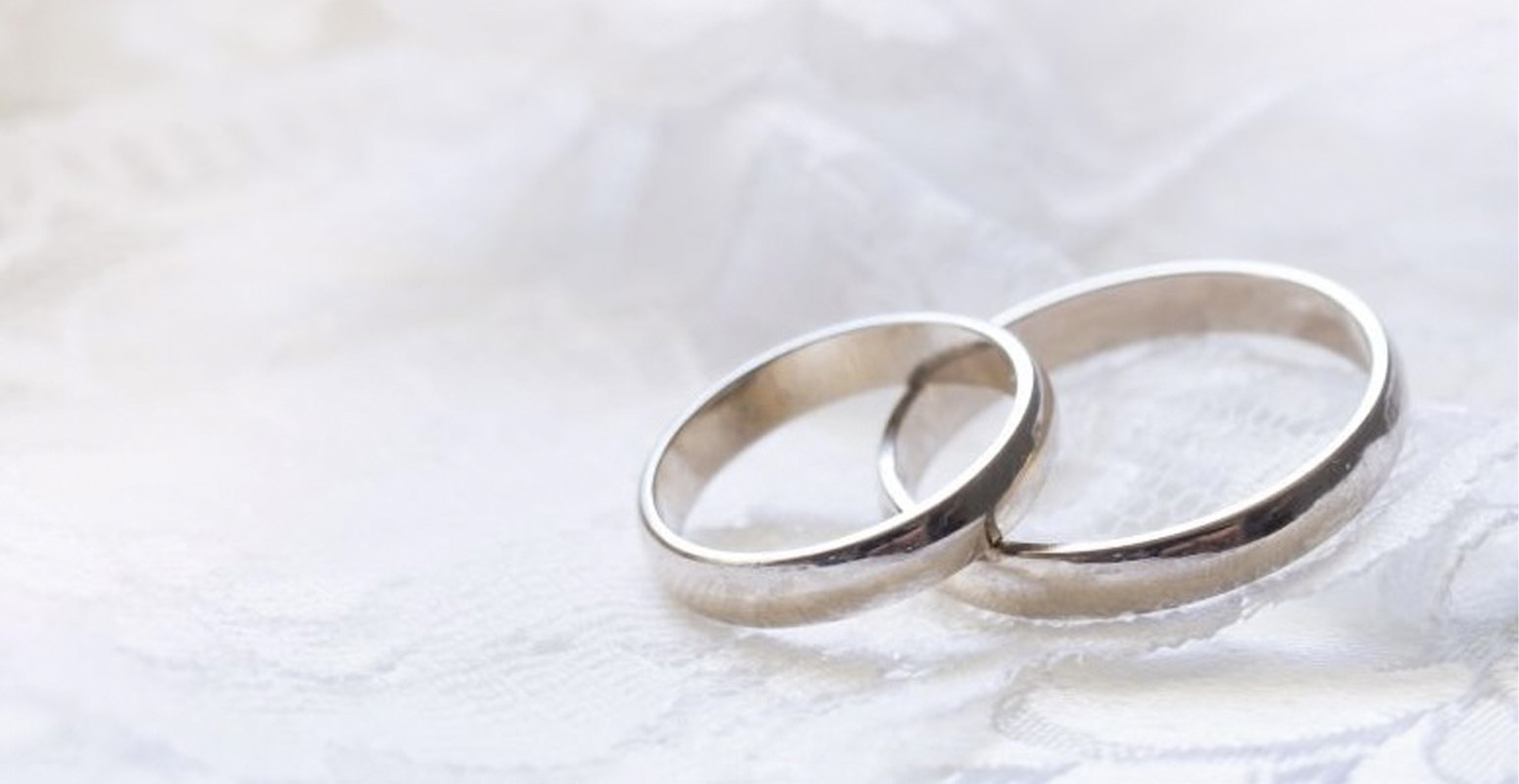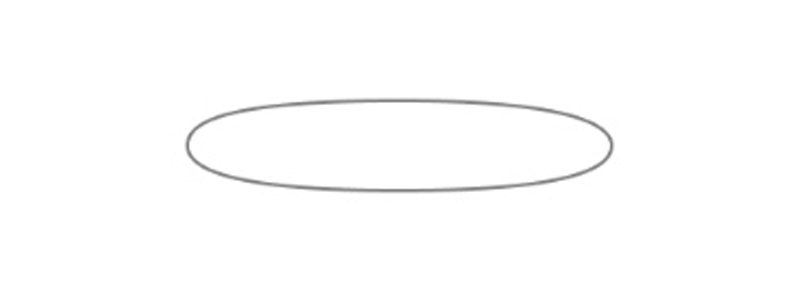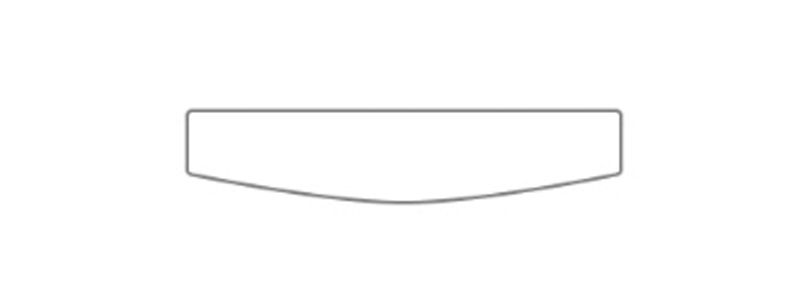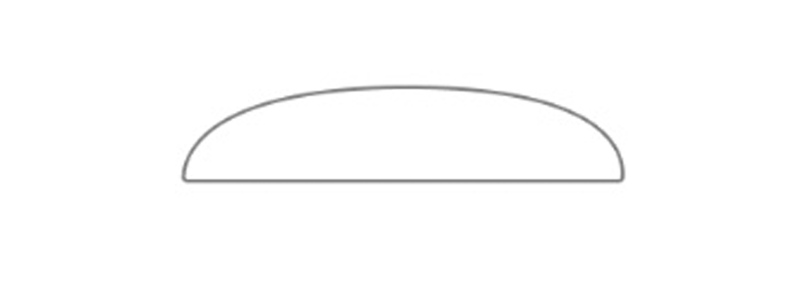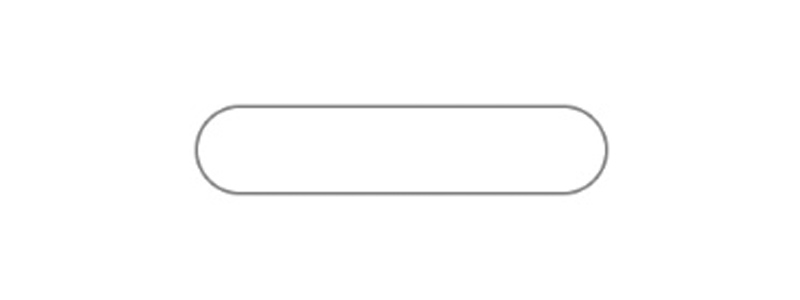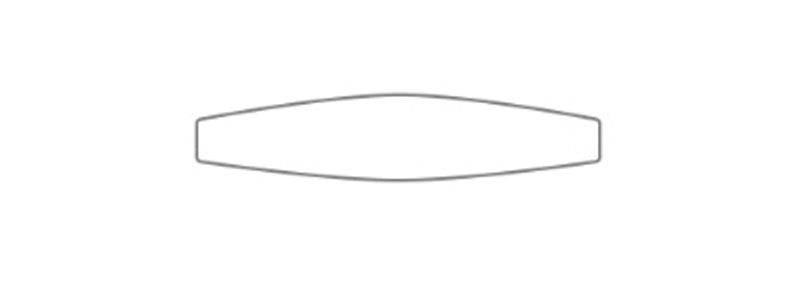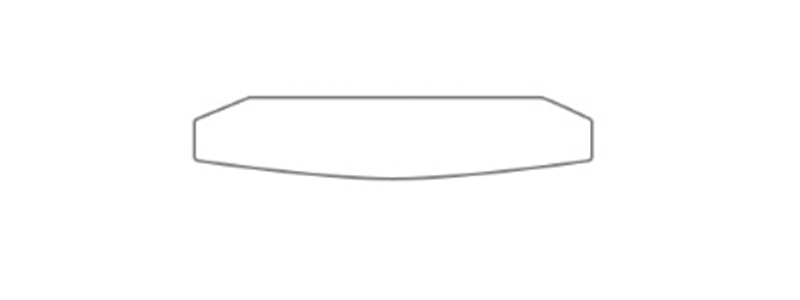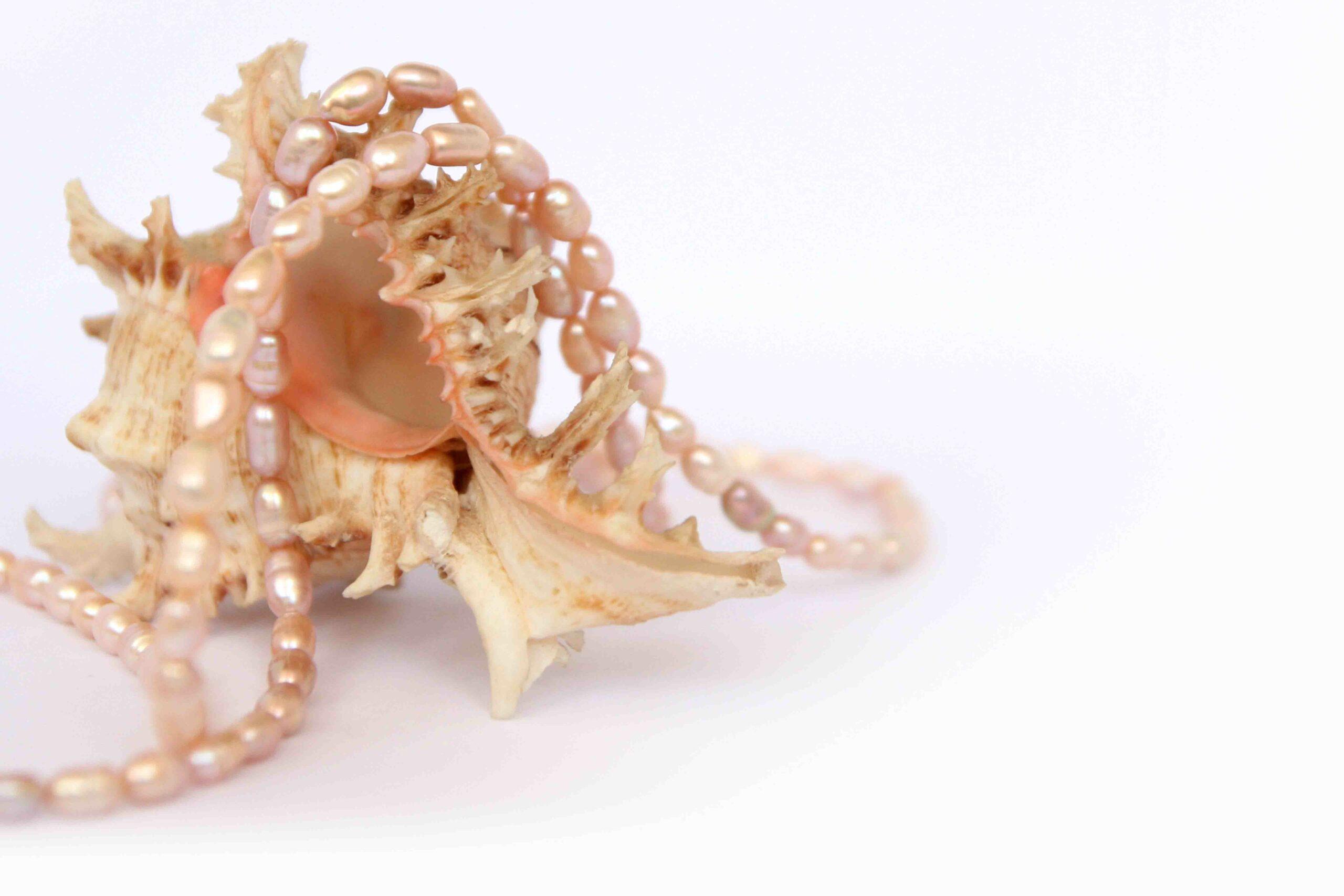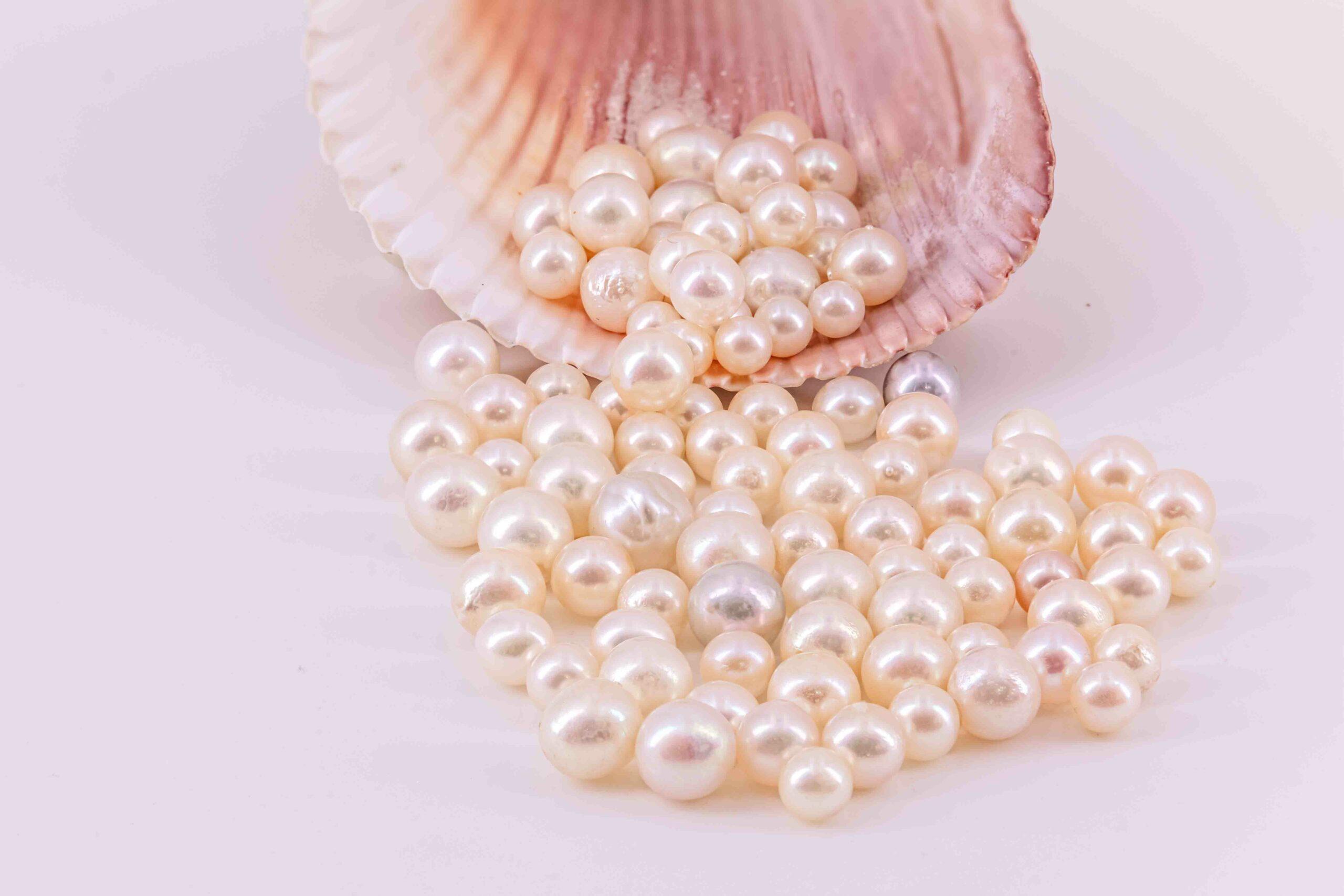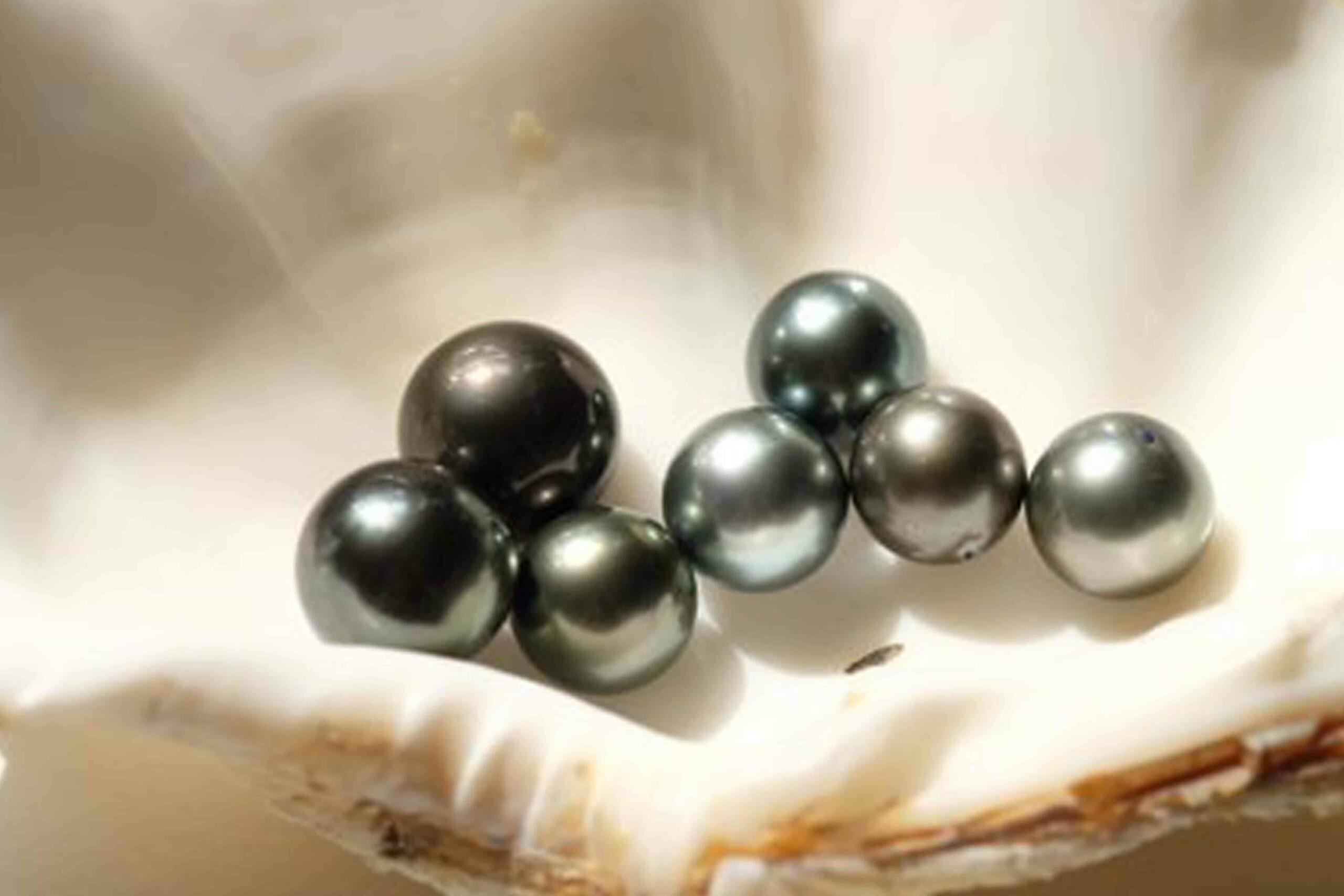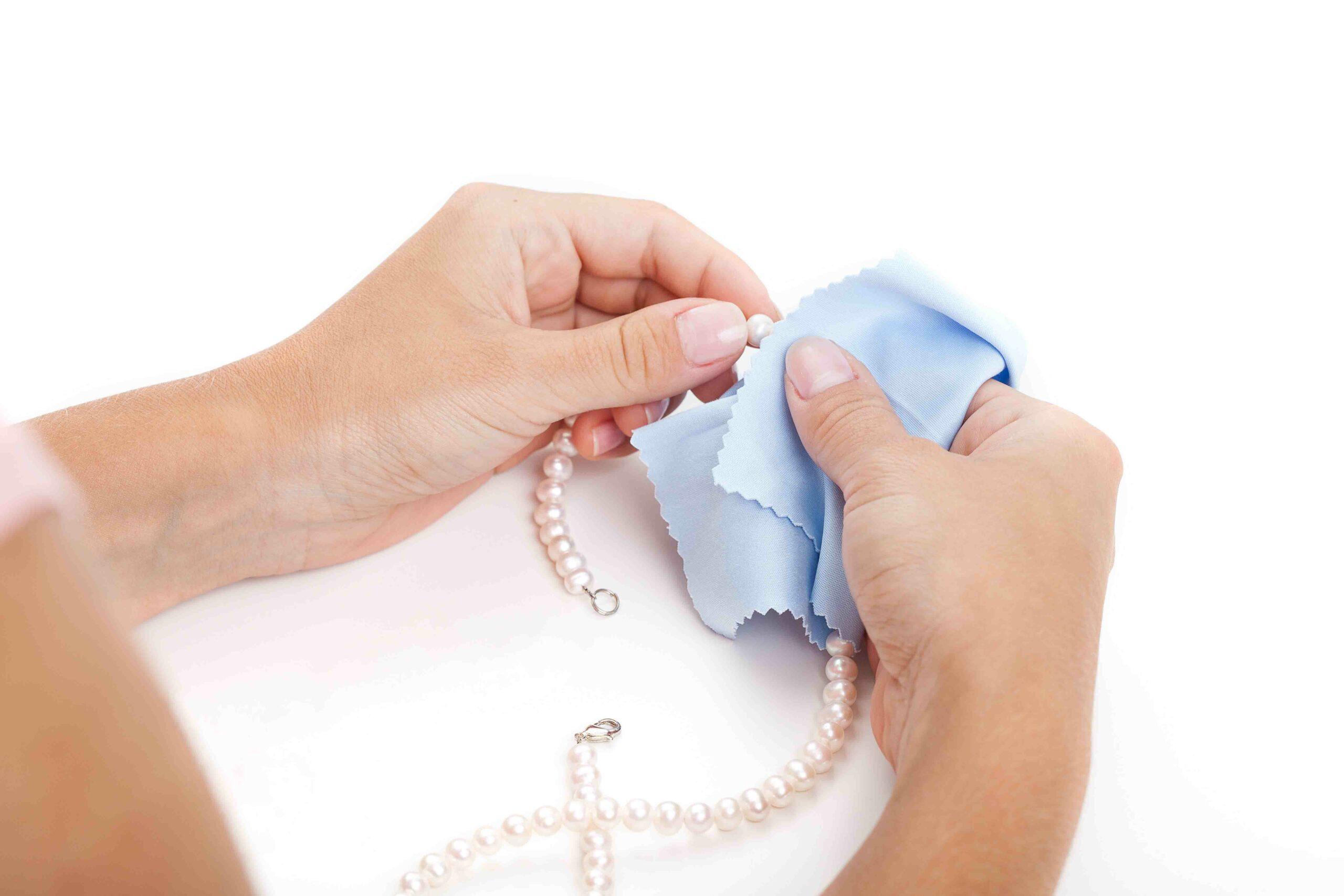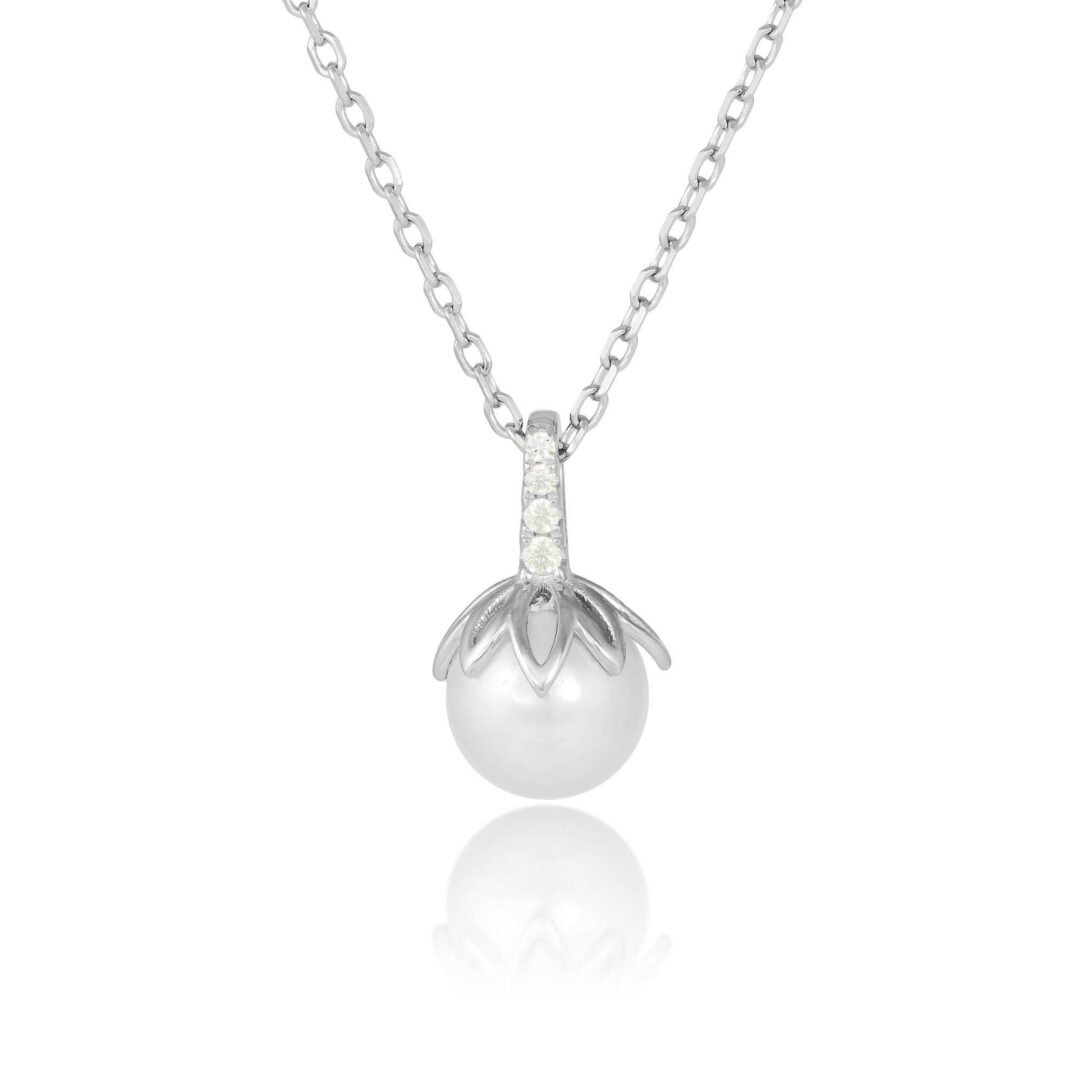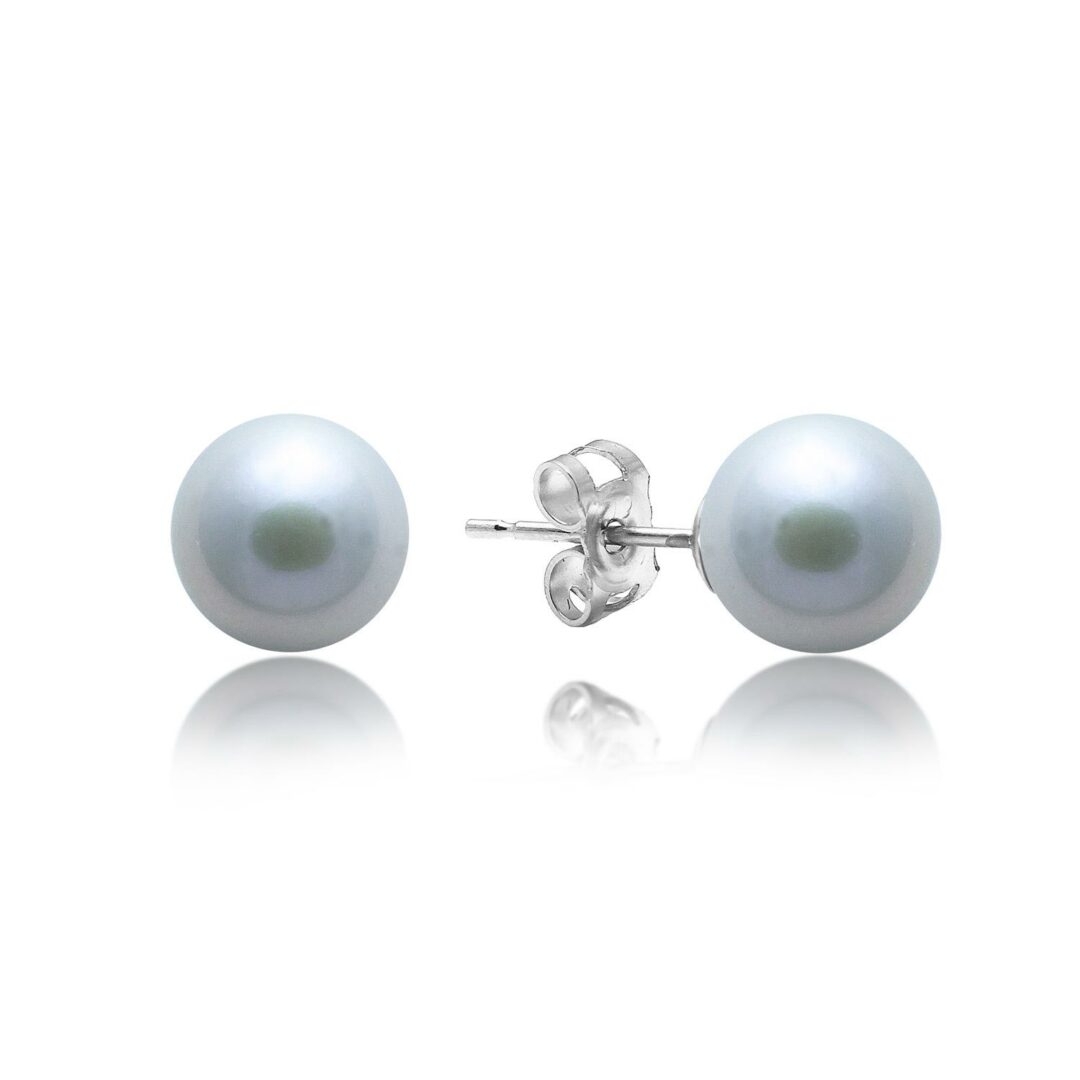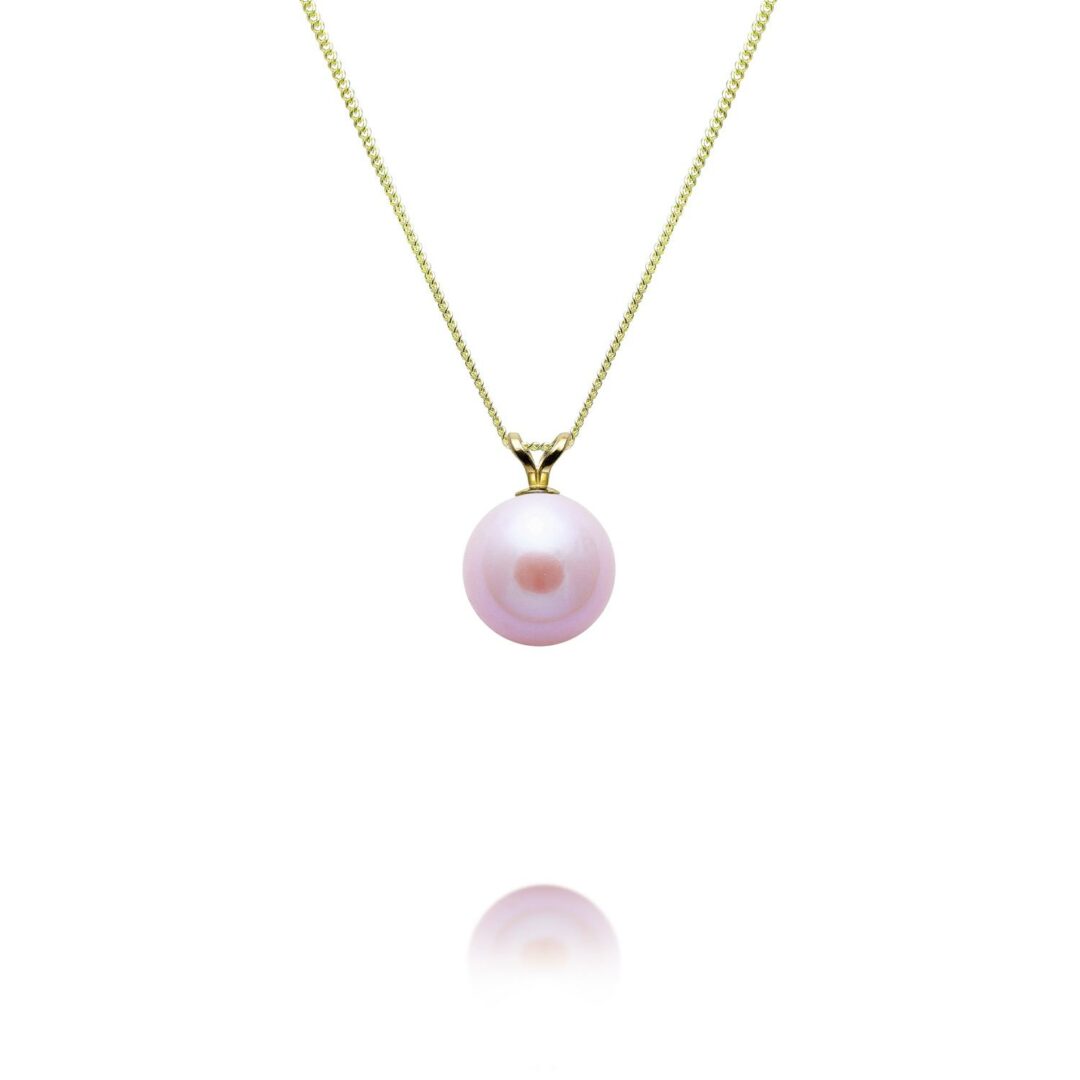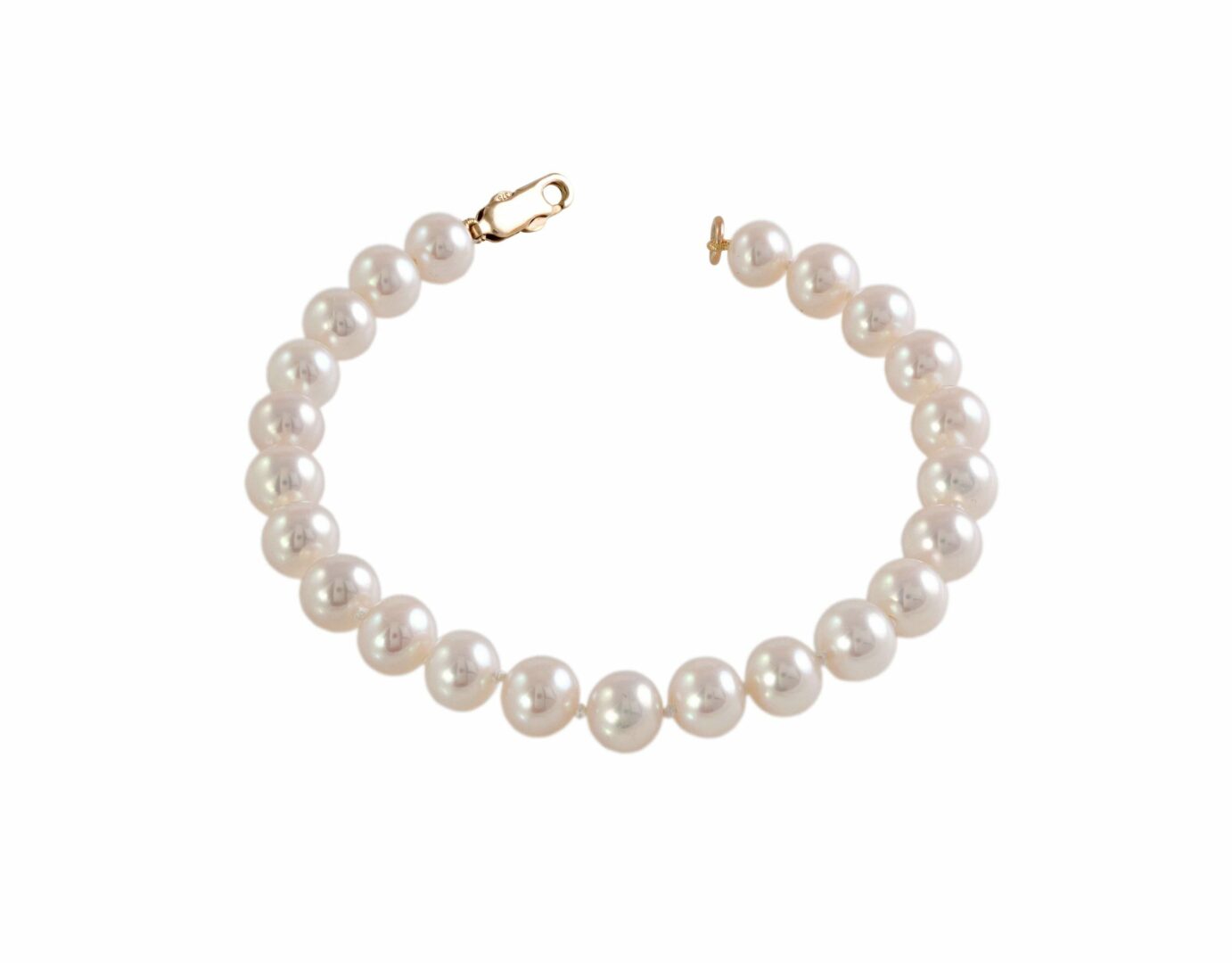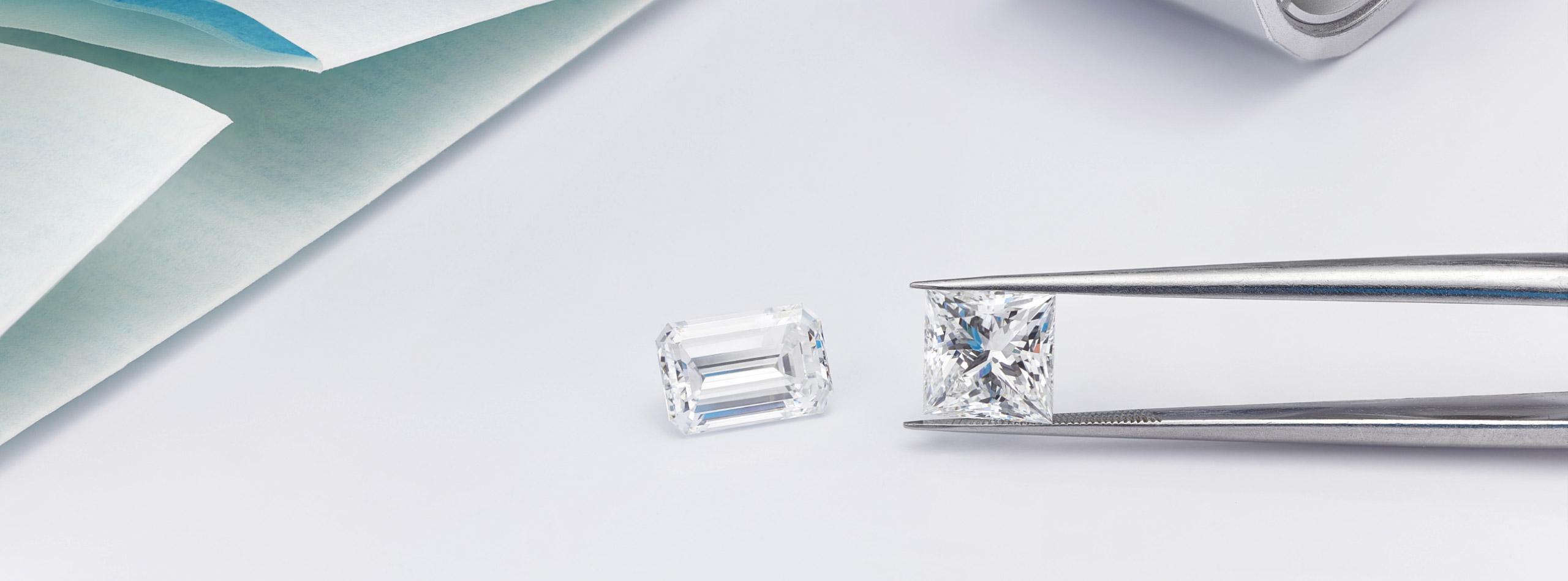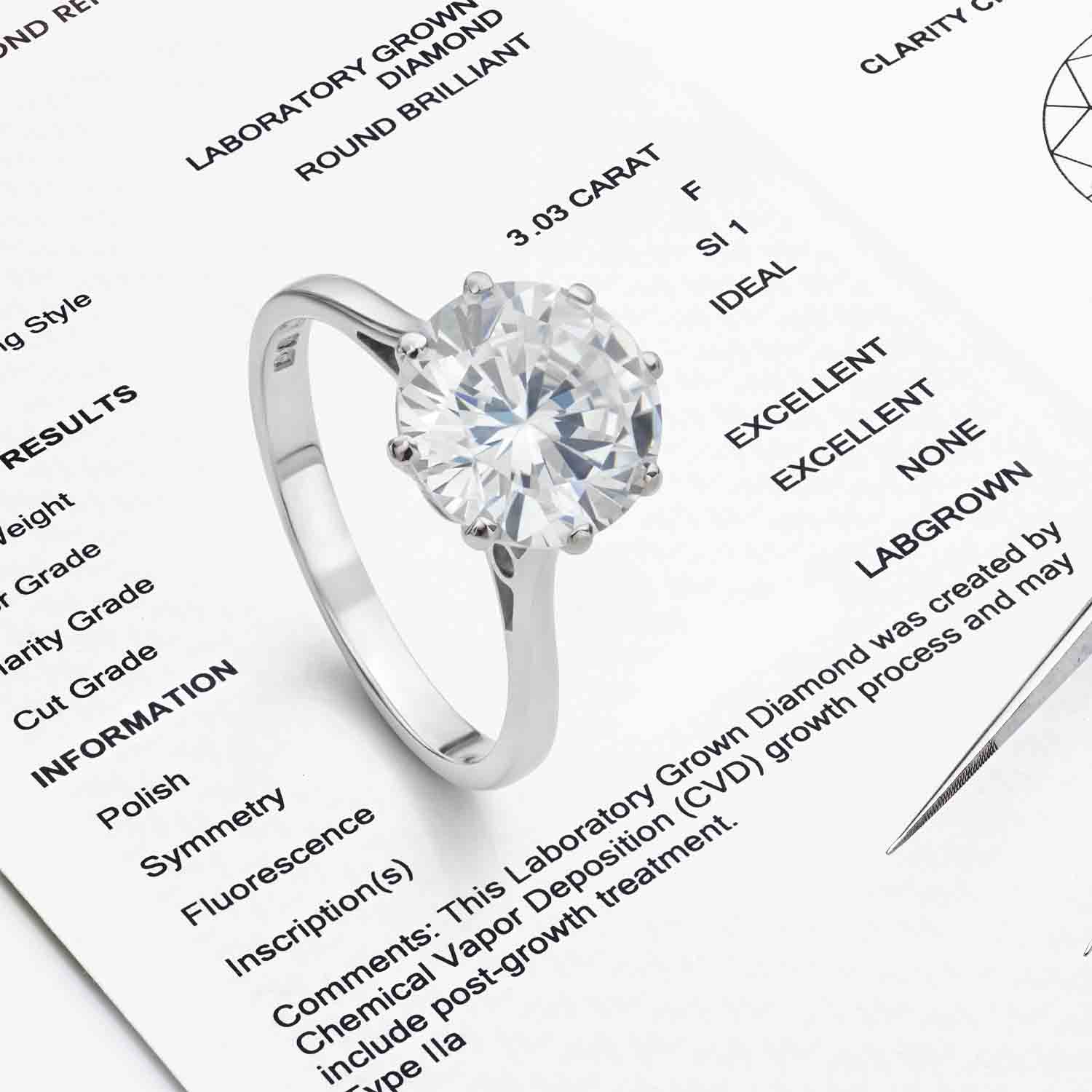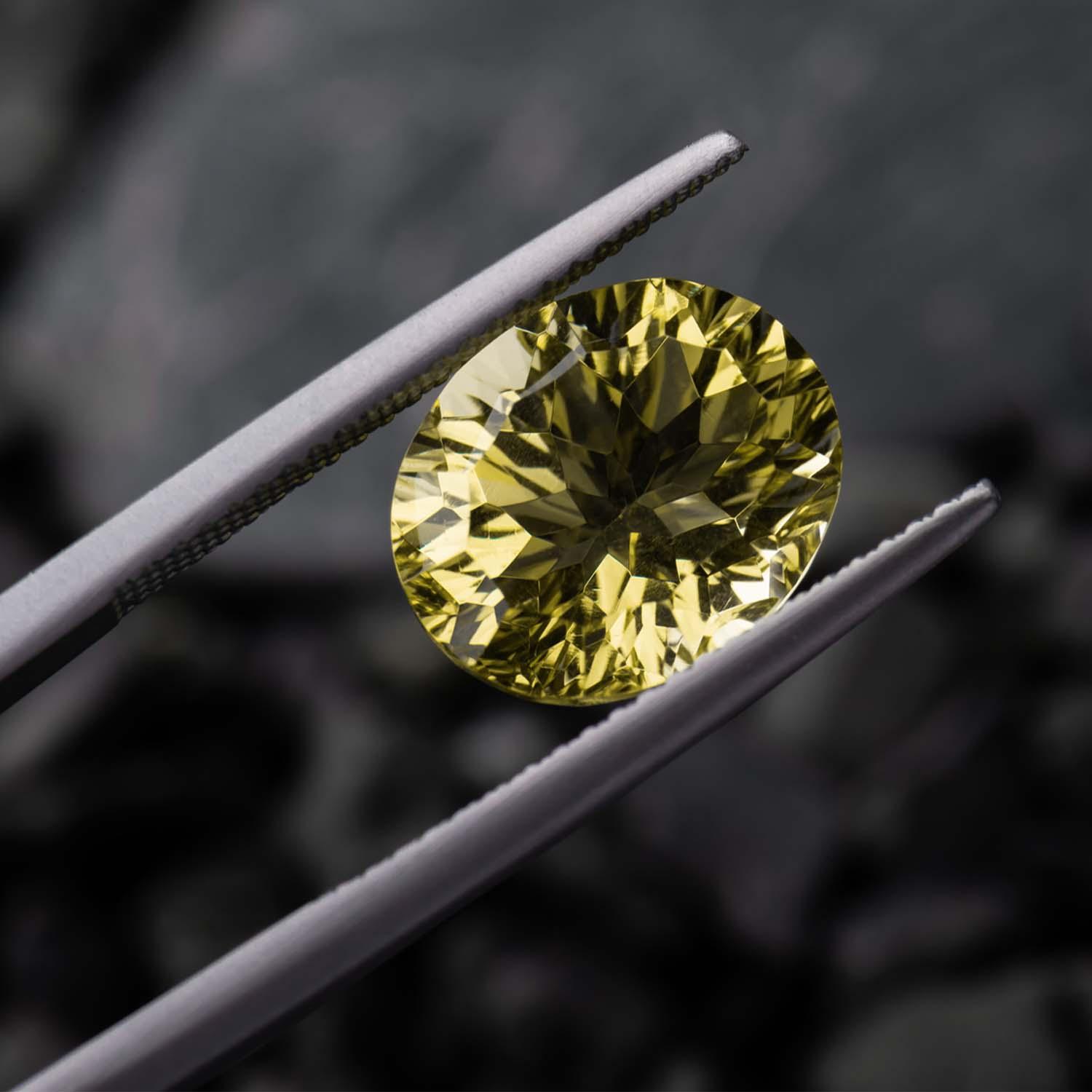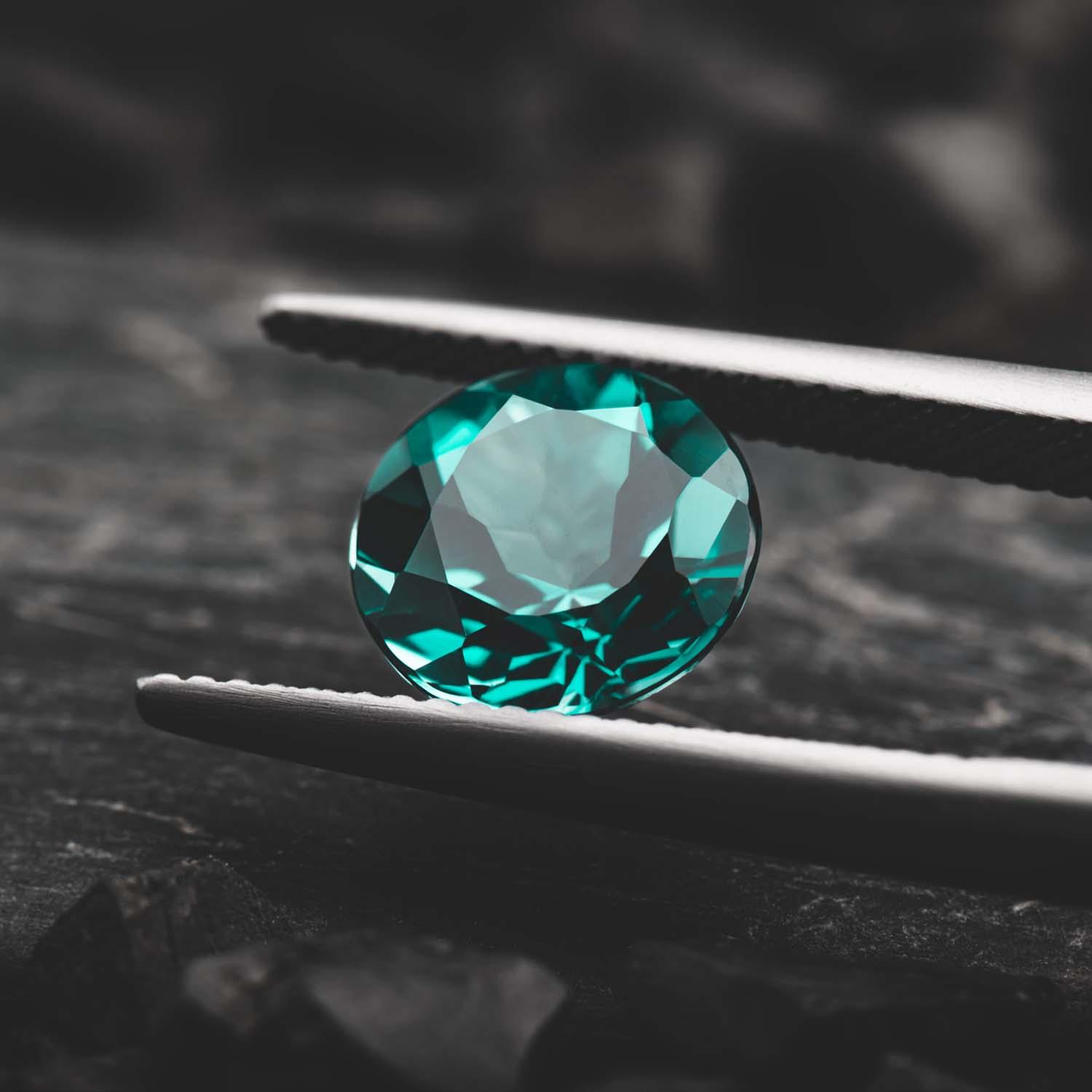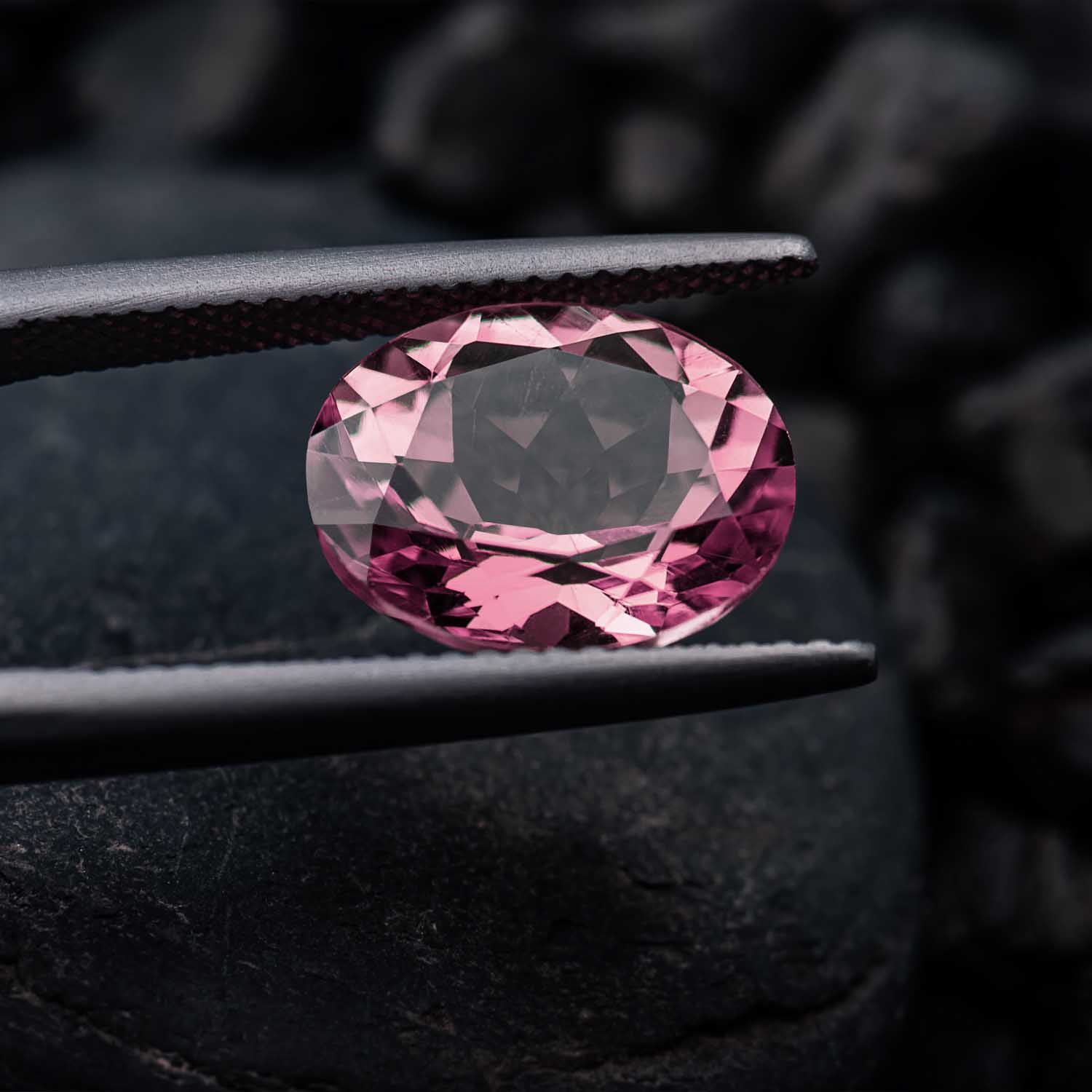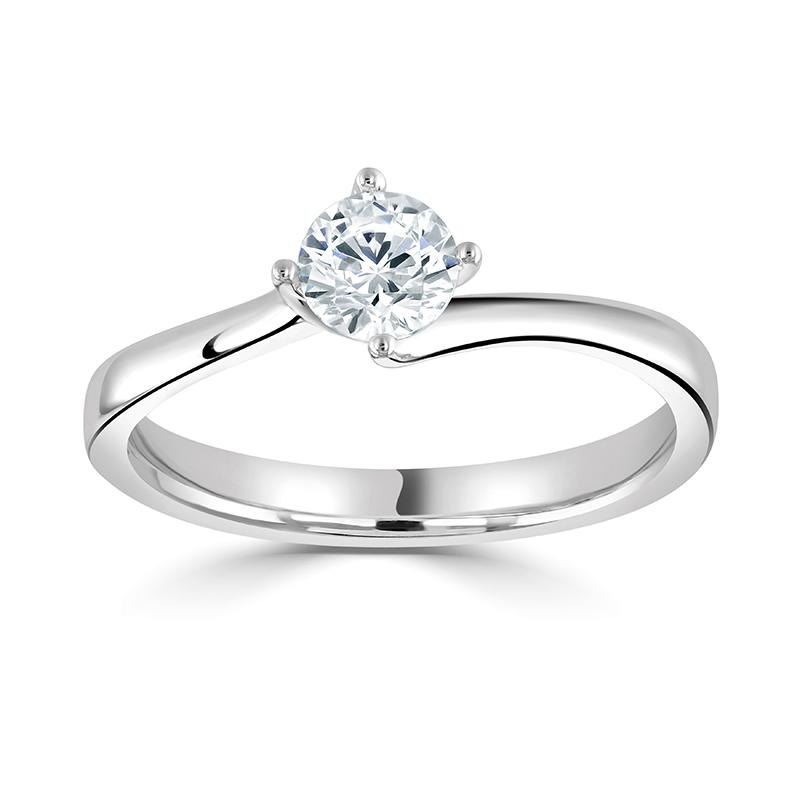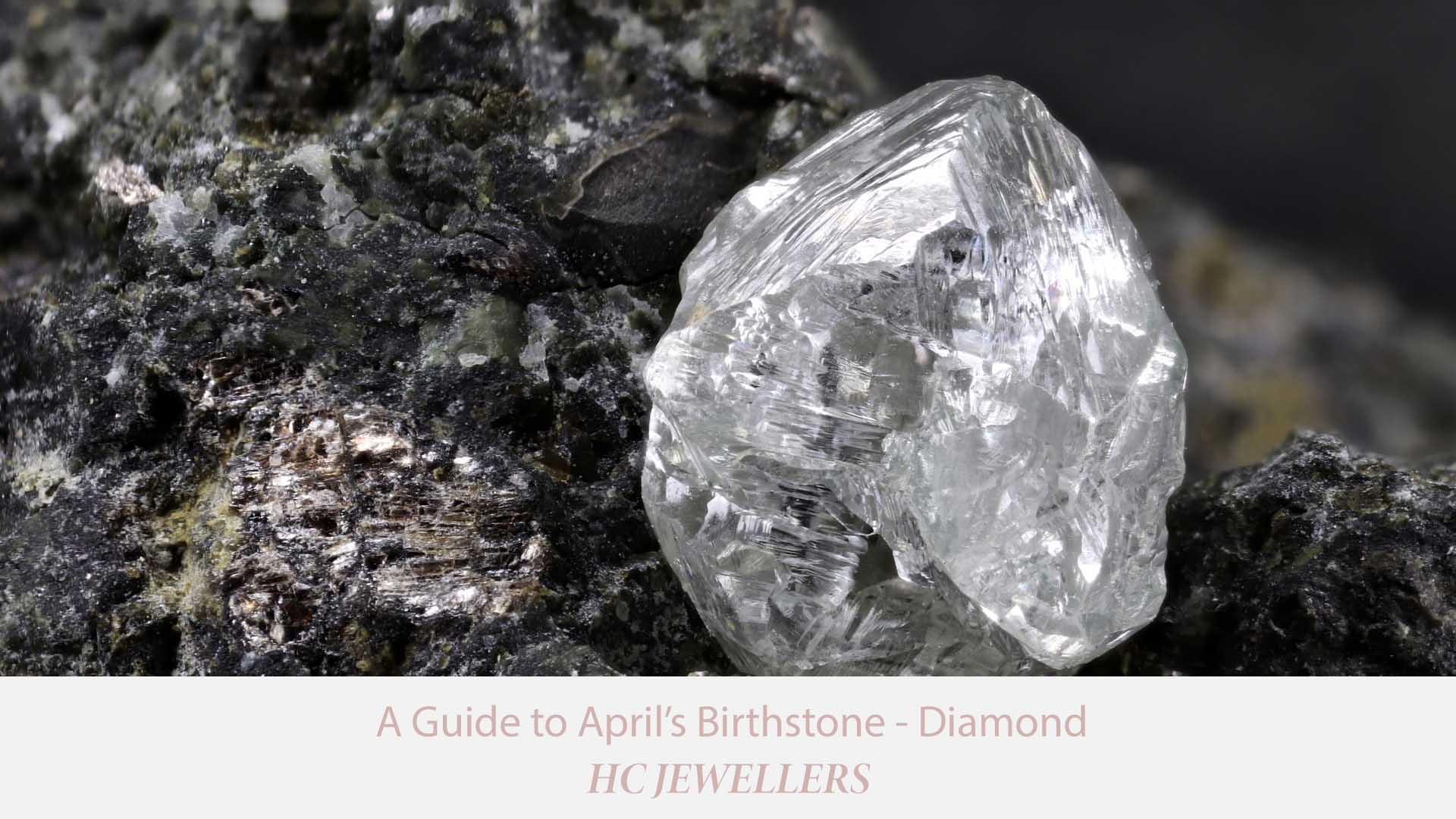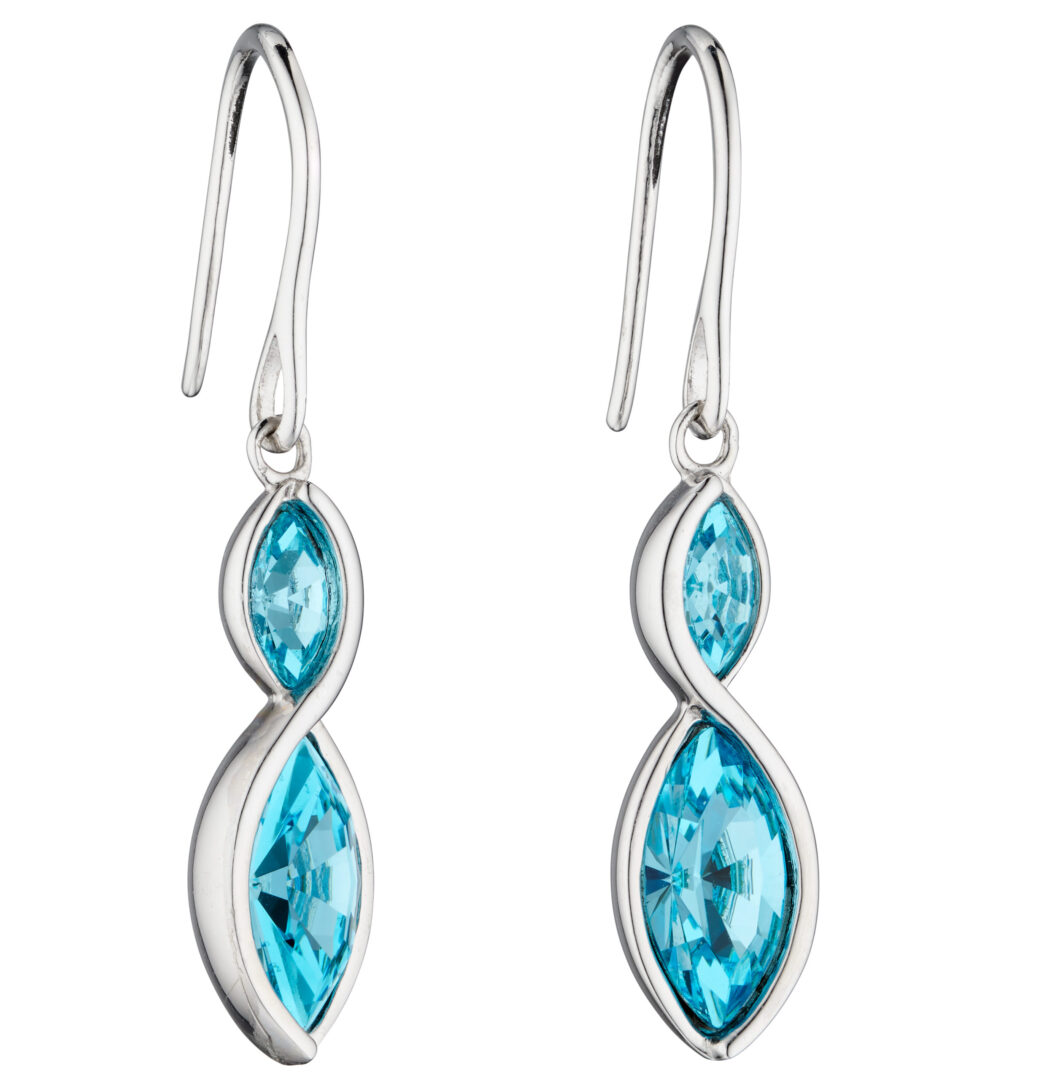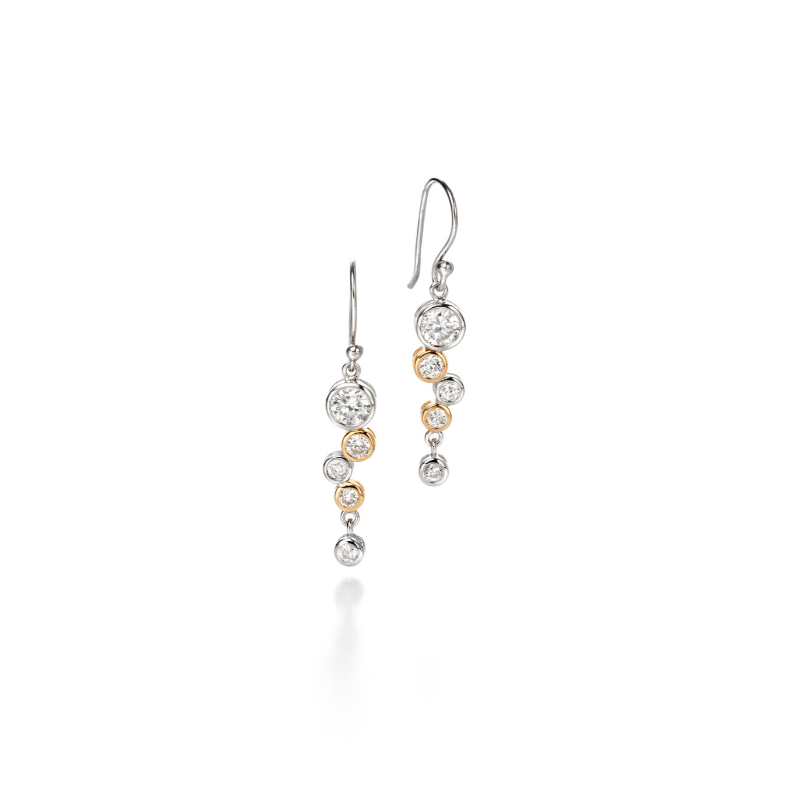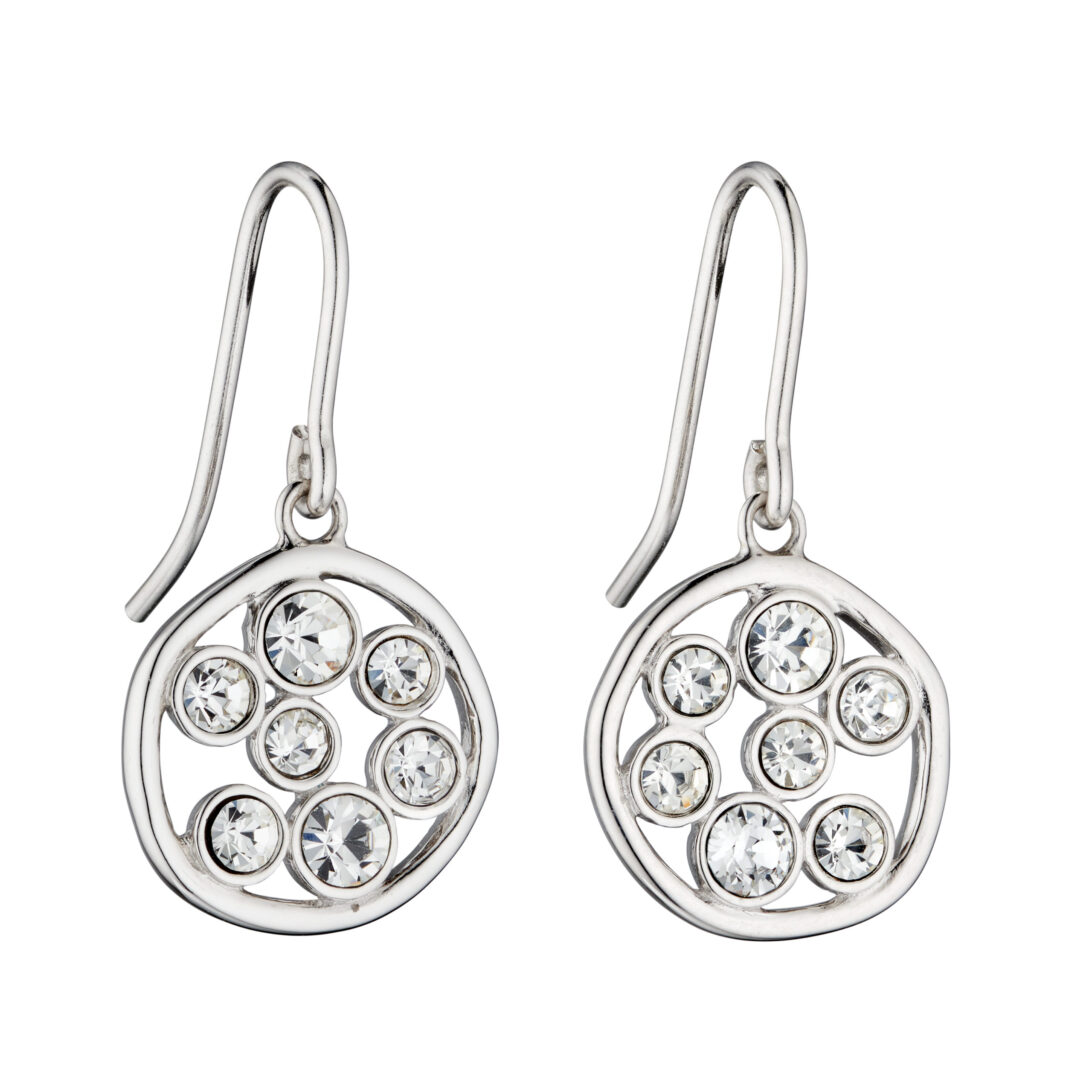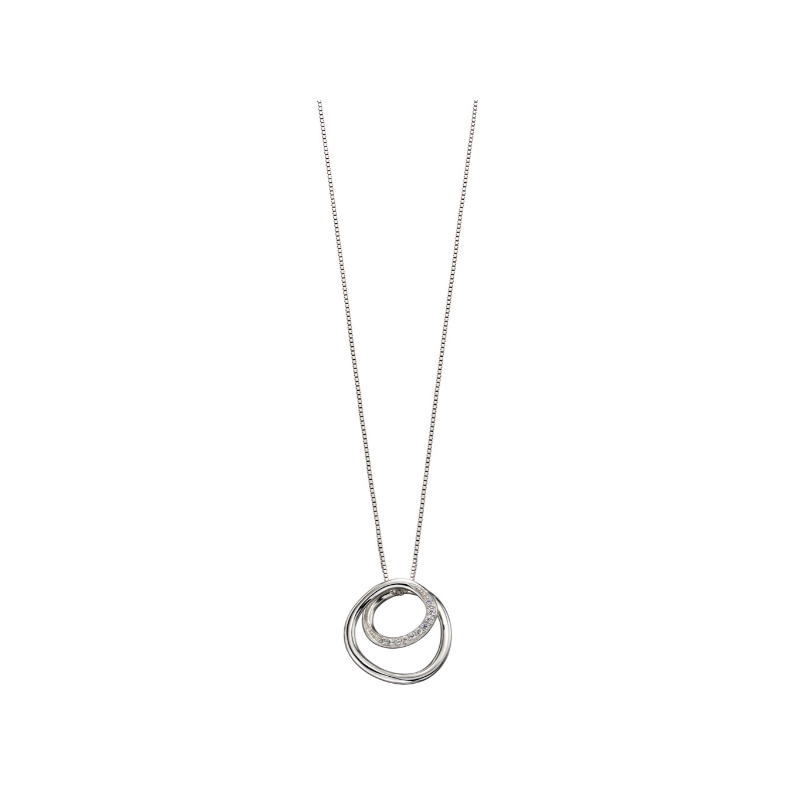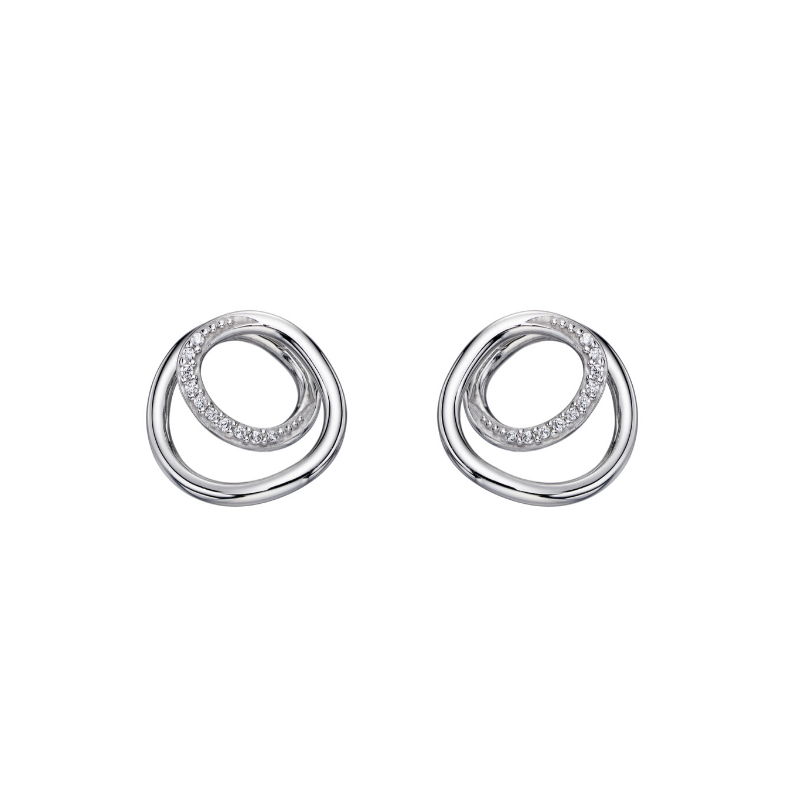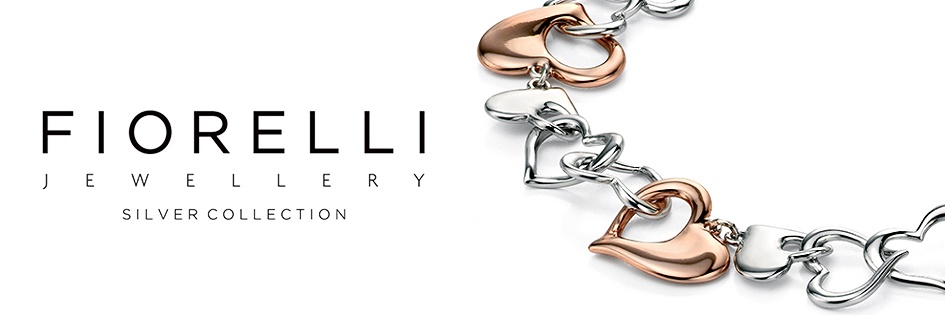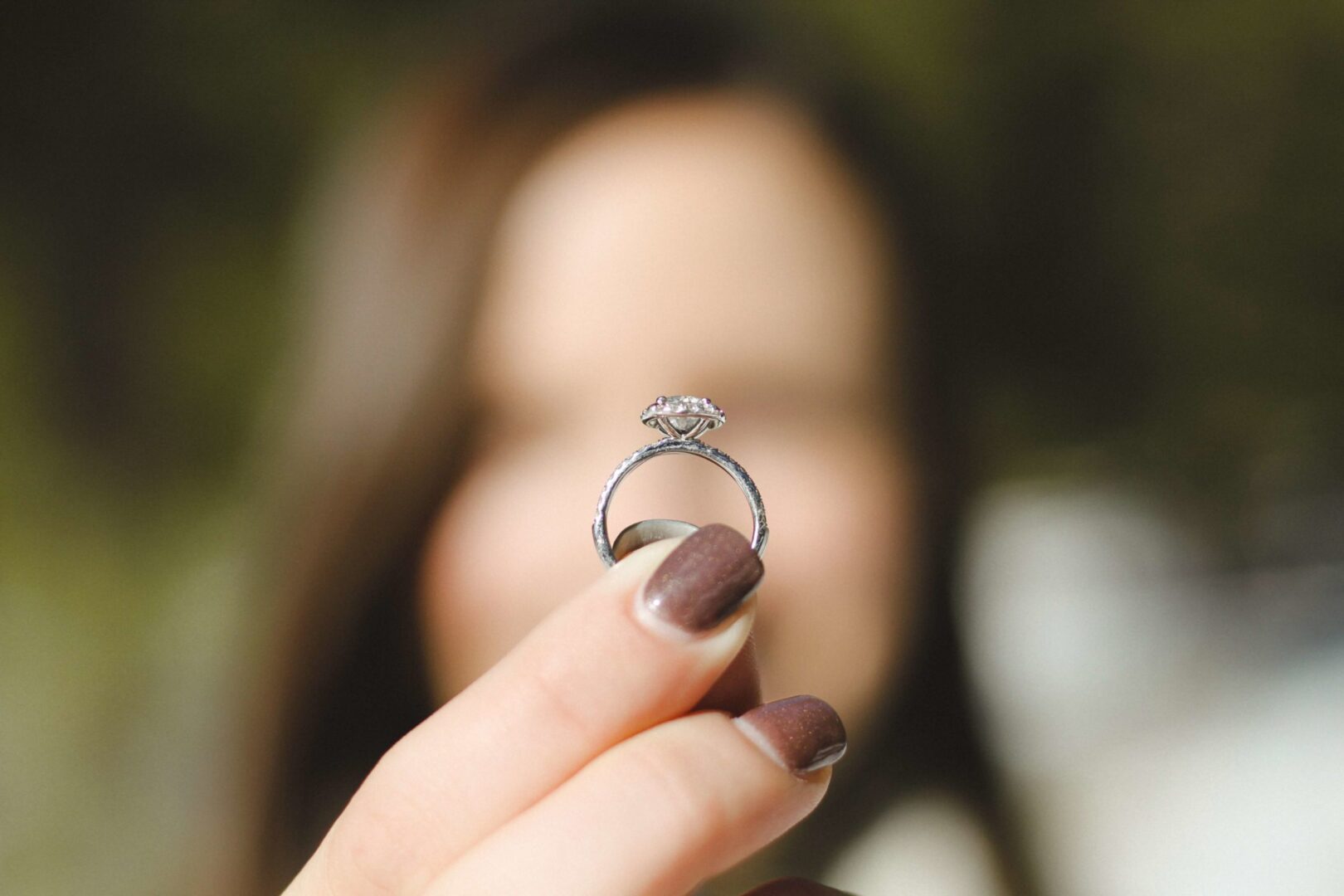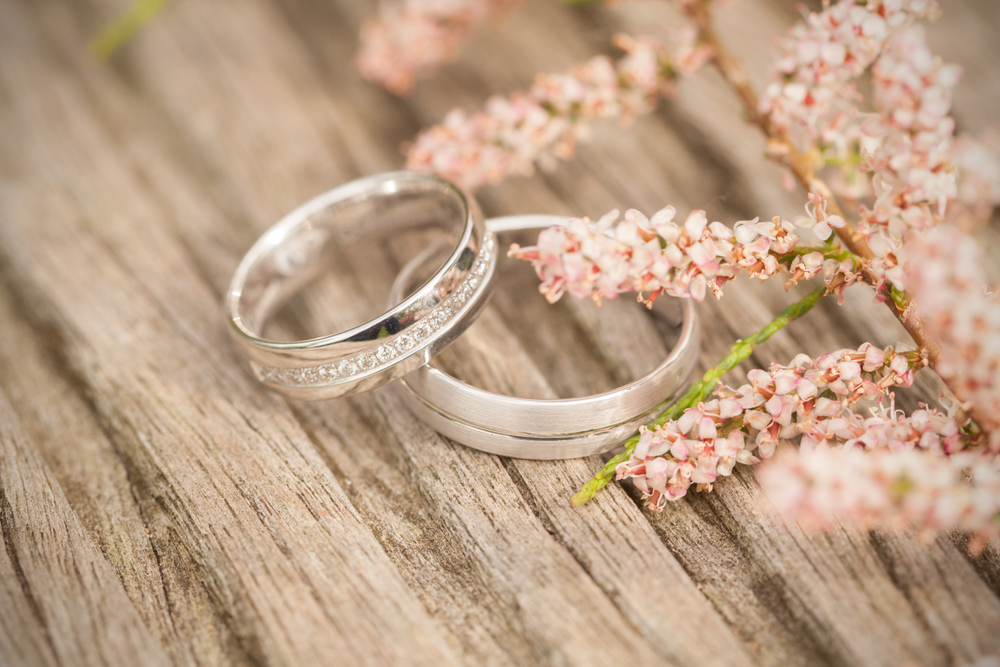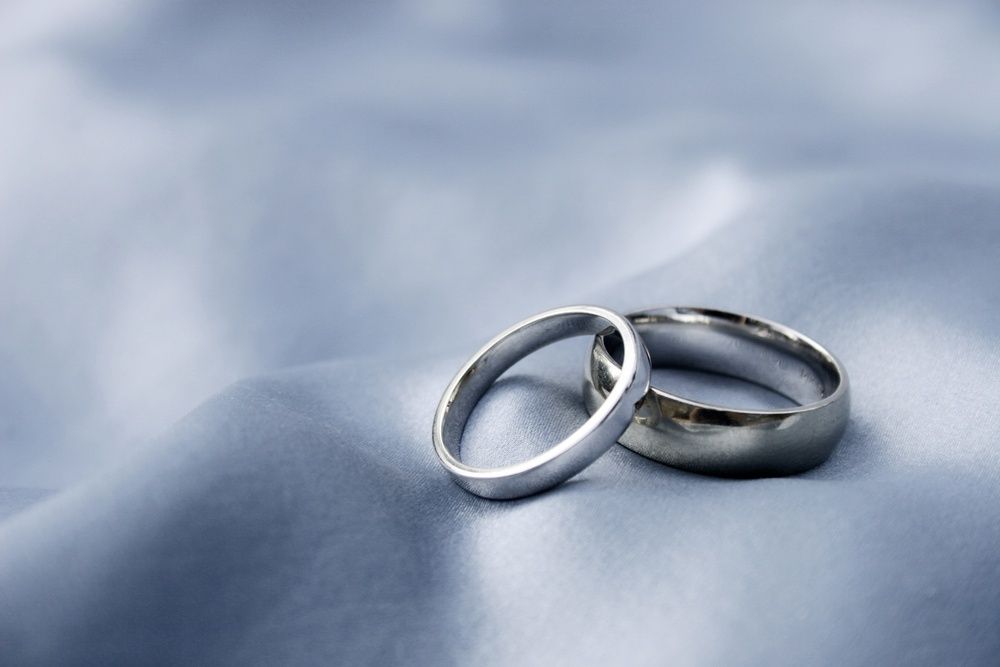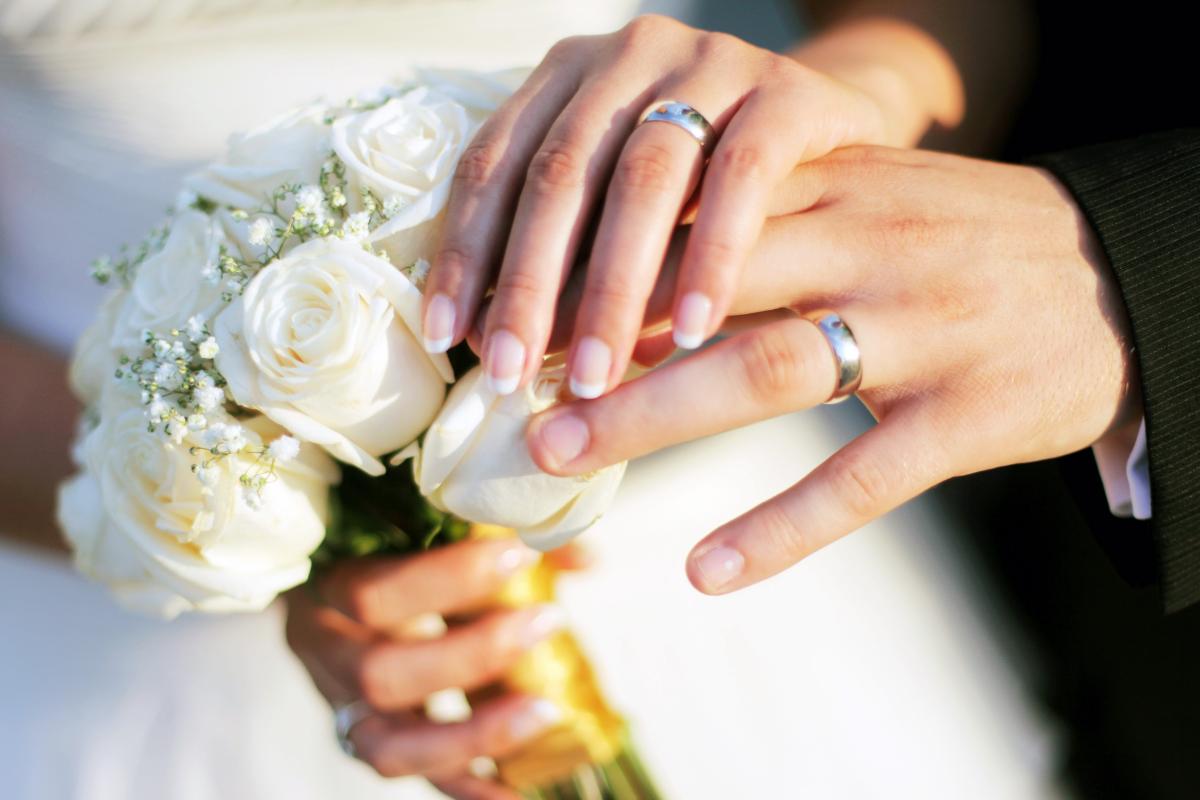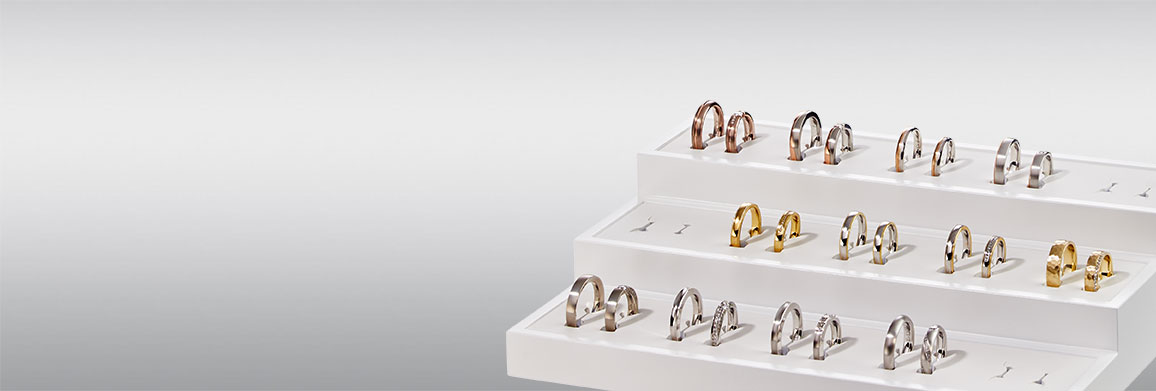Wedding Bands Explained
Wedding Bands Explained
Wedding bands – Depths, Widths & Profiles Explained
When looking for the perfect wedding band or ring, you are looking for something special that catches your eye and makes you say, “That’s the one“. After all, you are choosing a band that will be worn for the rest of your life, so ensuring it’s the right design and style for you is essential. Most importantly – something often overlooked when wedding band shopping – is the consideration of a wedding band’s width, depth, and profile.
In this blog, we will break down each definition and guide you on the most popular profiles to help you choose one that suits your comfort and requirements.
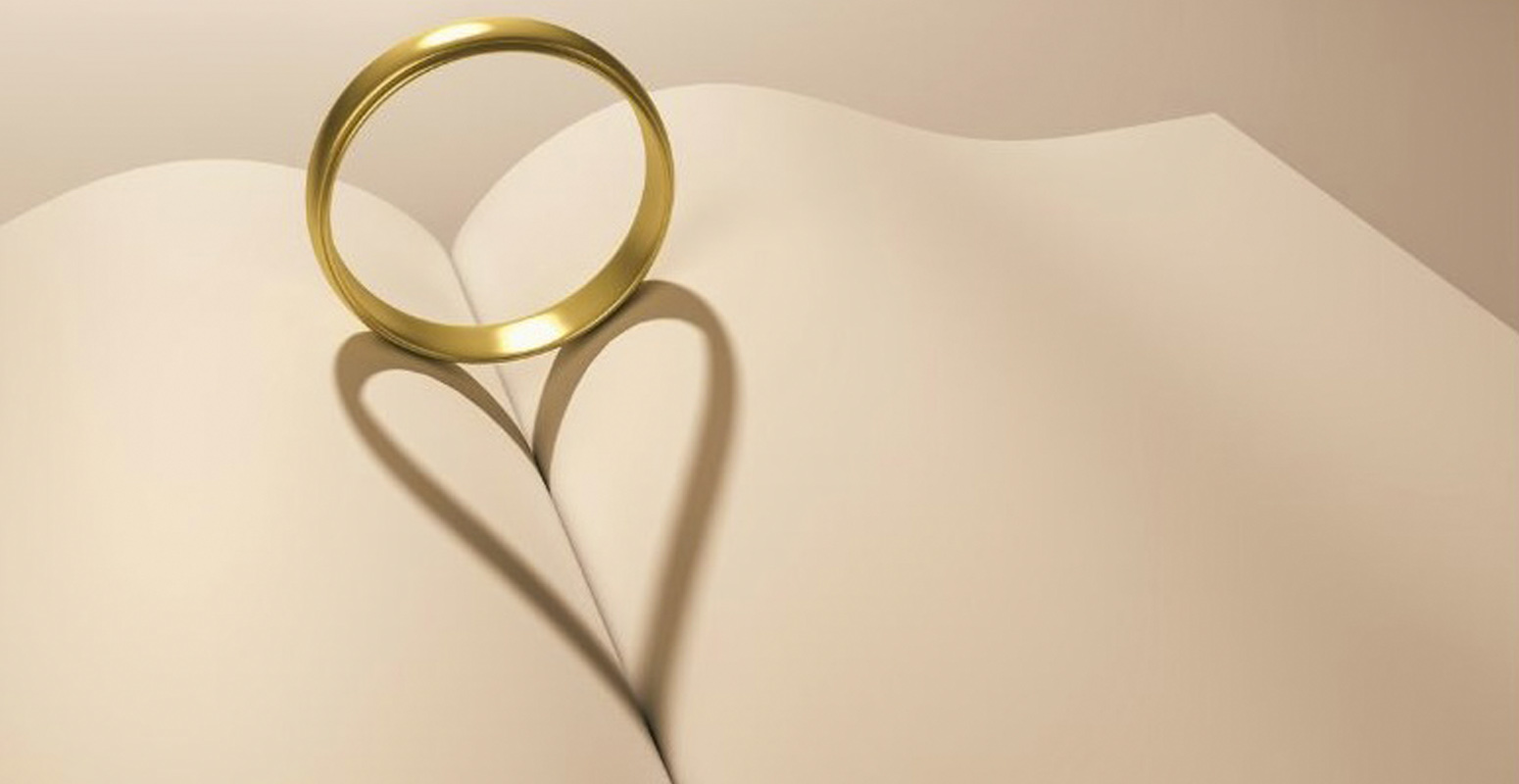
Depth
When talking about Depth in wedding bands, we refer to the thickness of a band, which is visible by looking at how high the band sits on the finger. A thicker band tends to be more durable and can withstand engraving and diamond settings. A thinner band allows you to stack engagement and anniversary bands, which may suit someone with smaller hands. There are 3 standard variable depths: lightweight (1.3mm), medium weight (1.7mm) or heavyweight (2.1mm). However, you should remember that depths can vary slightly between different jewellers.
Width
Wedding bands are available in various widths, affecting the wearers’ comfort. The width of a band refers to how wide the band itself is and impacts the overall look when placed on one’s finger. These can range from 2mm to 10mm, with the most common width for women being 2mm – 4mm and for men 5mm – 7mm. Select the width that feels right for you and consider opting for a wider width if durability or wanting a statement piece is your main priority.

Wedding Band Profiles
What are wedding band profiles? If you were to cut through the wedding band, the shape that you can see inside is called a Profile. Here are 7 of the most common profiles you can find today.
Selecting the perfect wedding band involves considering all of the above factors. Understanding these elements will guide you toward a wedding band that symbolises your commitment and reflects your unique style. Take your time exploring the options, and remember that the ideal wedding band is the one that resonates with you and your partner.
We are happy to take you through this exciting process in person. Contact us to book an appointment, or come and see us in-store.
